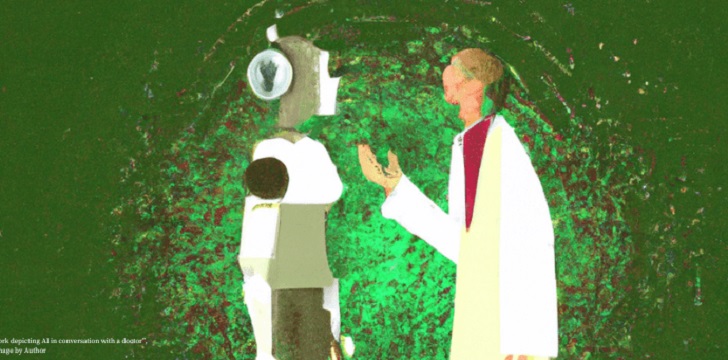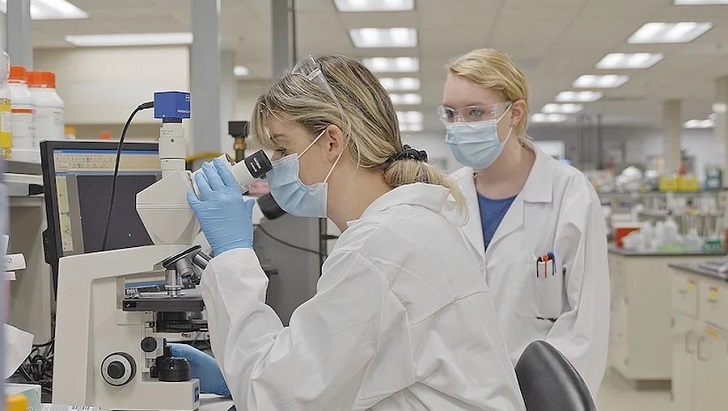Recent biological developments have expanded the boundaries of what is feasible in medicine, from gene treatments to cancer immunotherapies to cancer vaccines. However, despite the development of such game-changing therapies, production bottlenecks and bottlenecks in the discovery pipeline continue to pose serious obstacles to the widespread and quick distribution of novel life-saving therapies to all patients who stand to gain from such crucial advancements.
About EBM

EBM stands for “evidence-based medicine,” which uses the most current research in clinical care. This practice necessitates combining clinical judgement and patient values with the evidence. According to research, EBM helps to:
- Demonstrates the precision and accuracy of diagnostic tests,
- Demonstrates the significance of prognostic indicators
- Determines the safety and effectiveness of preventive, rehabilitation, or therapeutic healthcare interventions, or
- Seeks to comprehend the experience of the patient.
To quickly identify each patient’s particular clinical situation and use the evidence customised to that patient’s risks against the benefits of proposed interventions, doctors must use their clinical expertise and prior experience. EBM’s normative objective is to help the patient by placing the evidence in the context of their preferences, worries, and expectations. This leads to a collaborative decision-making process where the patient’s values, situation, and environment determine the optimal action.

EBM is widely used in various healthcare disciplines, indicative of its broad influence. EBM is a crucial instrument for promoting social justice. It has the potential to be a tremendous equaliser if used correctly, aiming to provide patients in different parts of the world with equitable care. EBM also significantly impacts policy-making, and politicians frequently cite their use of research evidence in support of the legitimacy of their actions.
Background
In 1991, Guyatt and Sackett first used the term “Evidence-Based Medicine,” but only in a piecemeal approach to using evidentiary norms to support medical practice decision-making. It wasn’t that scientific evidence wasn’t used in clinical judgements; it was how it was used, often in a biased and selective way after the fact.

The practice of medicine should be based on the best available evidence for a given problem. Second, we can only determine the “truth” by evaluating the entirety of the evidence, not by picking and choosing evidence that supports a particular claim. Third, evidence is necessary but not sufficient for effective decision-making. Human values, principles, and preferences come into play here.
One of the main goals of the term EBM’s introduction was to bring about a paradigm shift in medical education and to put the future generation front and centre. What will happen to the young people now? Undoubtedly, the Covid-19 pandemic has been the paradigm change to end all others. The best and worst examples of “evidence-based” decision-making have come from it. The recovery, solidarity and principle trials serve as examples of “the best,” acquiring high-quality evidence quickly while avoiding the typical clinical trial red tape. Candidates for “the worst” include acting on unsuitable evidence and failing to acknowledge uncertainty. Examples of the former include drug cocktails like hydroxychloroquine, ivermectin, and other drug cocktails, while examples include non-drug interventions without thorough evaluation.





